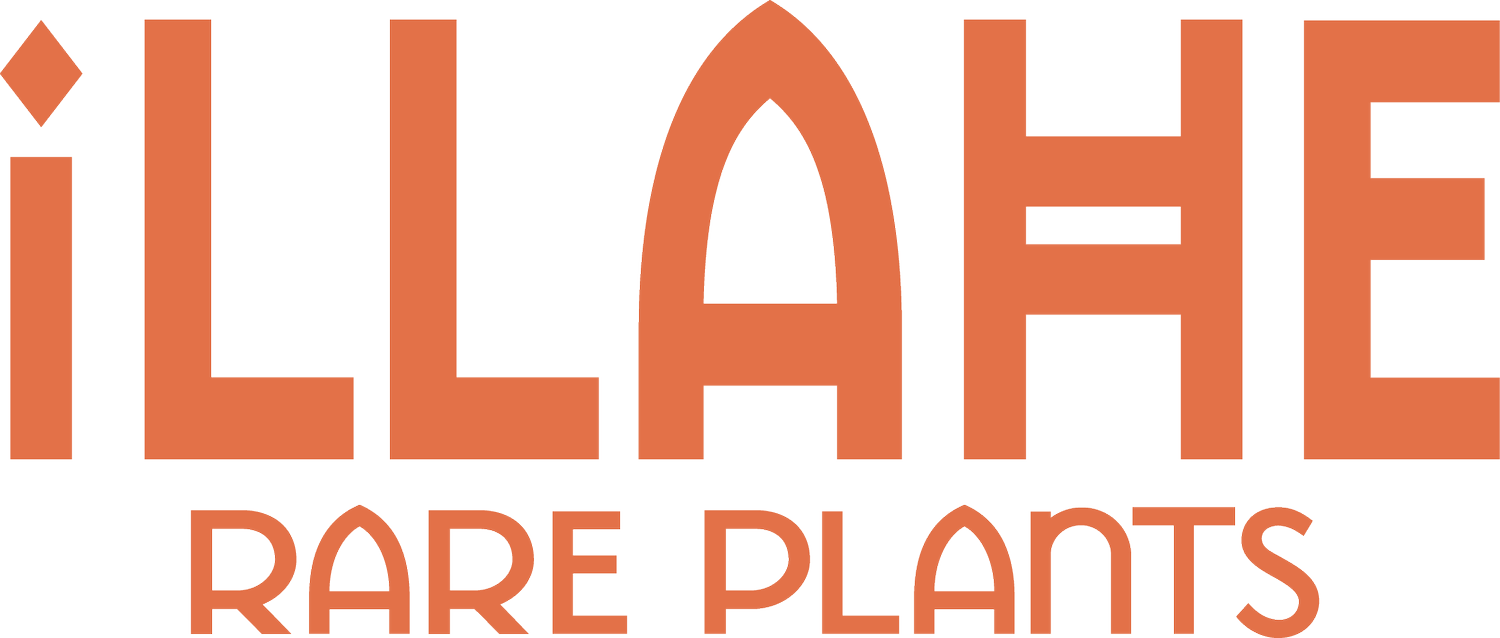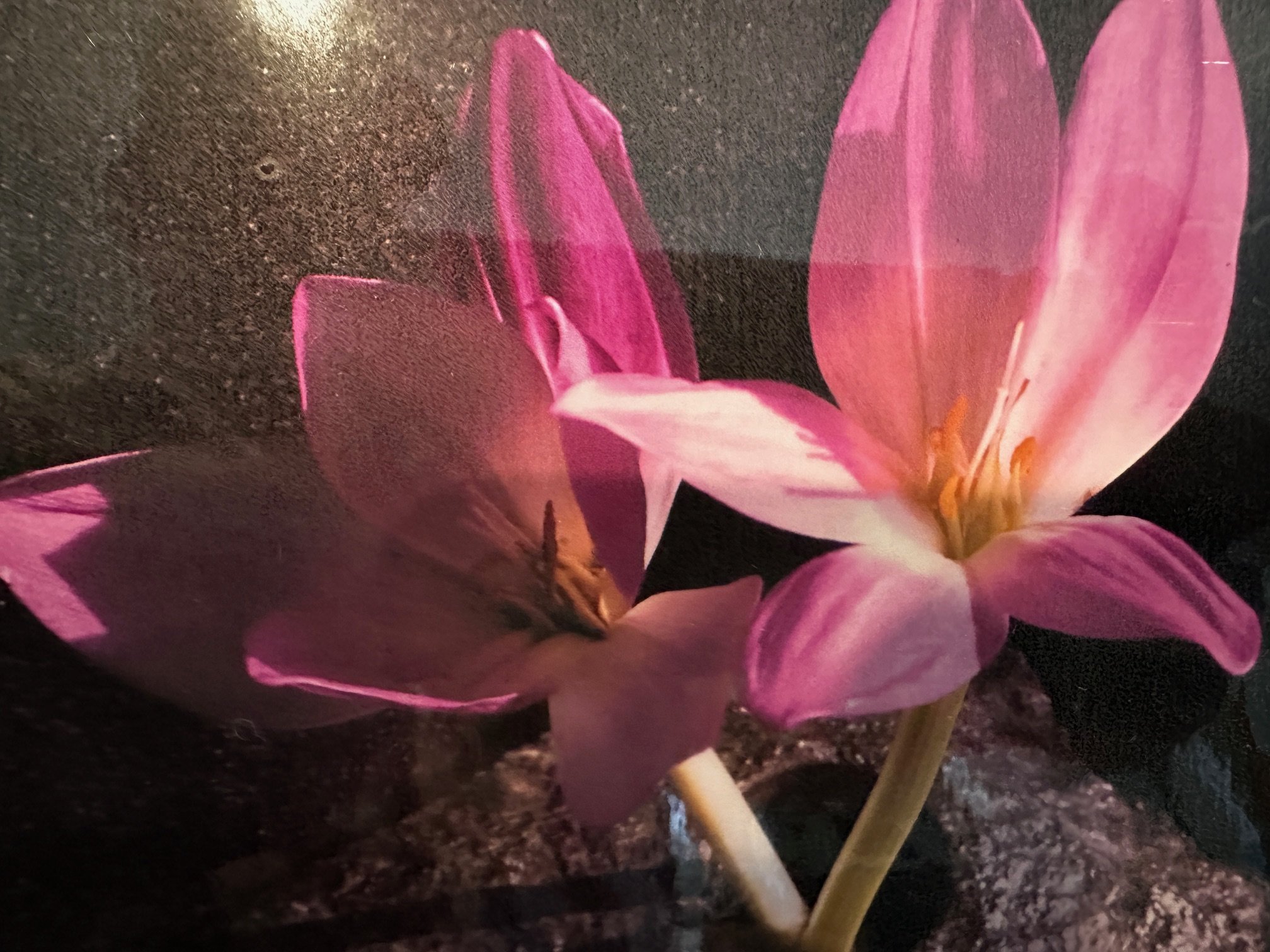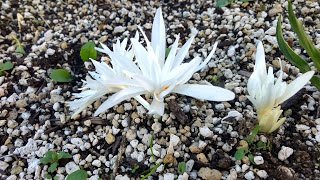

Colchicum hierosolymitanum
Jerusalem Autumn Crocus (Colchicum hierosolymitanum) is a captivating perennial plant known for its striking autumn blooms. The plant features lance-shaped, deep green leaves that emerge in spring and die back in summer, allowing the stunning flowers to take center stage.
Flowers: The standout feature of Colchicum hierosolymitanum is its vibrant and delicate flowers that appear in late summer to early autumn. These enchanting blossoms are a captivating lilac to pale pink color, with six petals that form a star-like shape. The flowers emerge directly from the ground, creating a unique and captivating display.
Habitat and Range: Native to the Mediterranean region, particularly in the vicinity of Jerusalem, this plant thrives in well-drained soils and can often be found in meadows, rocky slopes, and woodland edges. Its natural habitat is characterized by warm, dry summers and mild winters.
Cultural Significance: Colchicum hierosolymitanum holds cultural and historical importance due to its association with the city of Jerusalem. The name "hierosolymitanum" reflects its connection to the region and adds to its allure.
Caution: It's important to note that all parts of Colchicum hierosolymitanum, especially the bulbs, contain toxic compounds, including colchicine. These compounds can be harmful if ingested, so it is advisable to handle the plant with care and keep it out of reach of children and pets.
Garden Use: Jerusalem Autumn Crocus can be a stunning addition to a well-planned garden or landscape. Its unique blooming time makes it a valuable plant for late-season interest, and it can be planted among other late-blooming perennials to create a captivating autumn display.
Note: While Jerusalem Autumn Crocus is an intriguing and beautiful plant, its toxic nature requires cautious handling and placement. If ingested, it can cause severe health issues, so it's important to be aware of this characteristic and take appropriate precautions.
Colchicum hierosolymitanum
Jerusalem Autumn Crocus (Colchicum hierosolymitanum) is a captivating perennial plant known for its striking autumn blooms. The plant features lance-shaped, deep green leaves that emerge in spring and die back in summer, allowing the stunning flowers to take center stage.
Flowers: The standout feature of Colchicum hierosolymitanum is its vibrant and delicate flowers that appear in late summer to early autumn. These enchanting blossoms are a captivating lilac to pale pink color, with six petals that form a star-like shape. The flowers emerge directly from the ground, creating a unique and captivating display.
Habitat and Range: Native to the Mediterranean region, particularly in the vicinity of Jerusalem, this plant thrives in well-drained soils and can often be found in meadows, rocky slopes, and woodland edges. Its natural habitat is characterized by warm, dry summers and mild winters.
Cultural Significance: Colchicum hierosolymitanum holds cultural and historical importance due to its association with the city of Jerusalem. The name "hierosolymitanum" reflects its connection to the region and adds to its allure.
Caution: It's important to note that all parts of Colchicum hierosolymitanum, especially the bulbs, contain toxic compounds, including colchicine. These compounds can be harmful if ingested, so it is advisable to handle the plant with care and keep it out of reach of children and pets.
Garden Use: Jerusalem Autumn Crocus can be a stunning addition to a well-planned garden or landscape. Its unique blooming time makes it a valuable plant for late-season interest, and it can be planted among other late-blooming perennials to create a captivating autumn display.
Note: While Jerusalem Autumn Crocus is an intriguing and beautiful plant, its toxic nature requires cautious handling and placement. If ingested, it can cause severe health issues, so it's important to be aware of this characteristic and take appropriate precautions.






